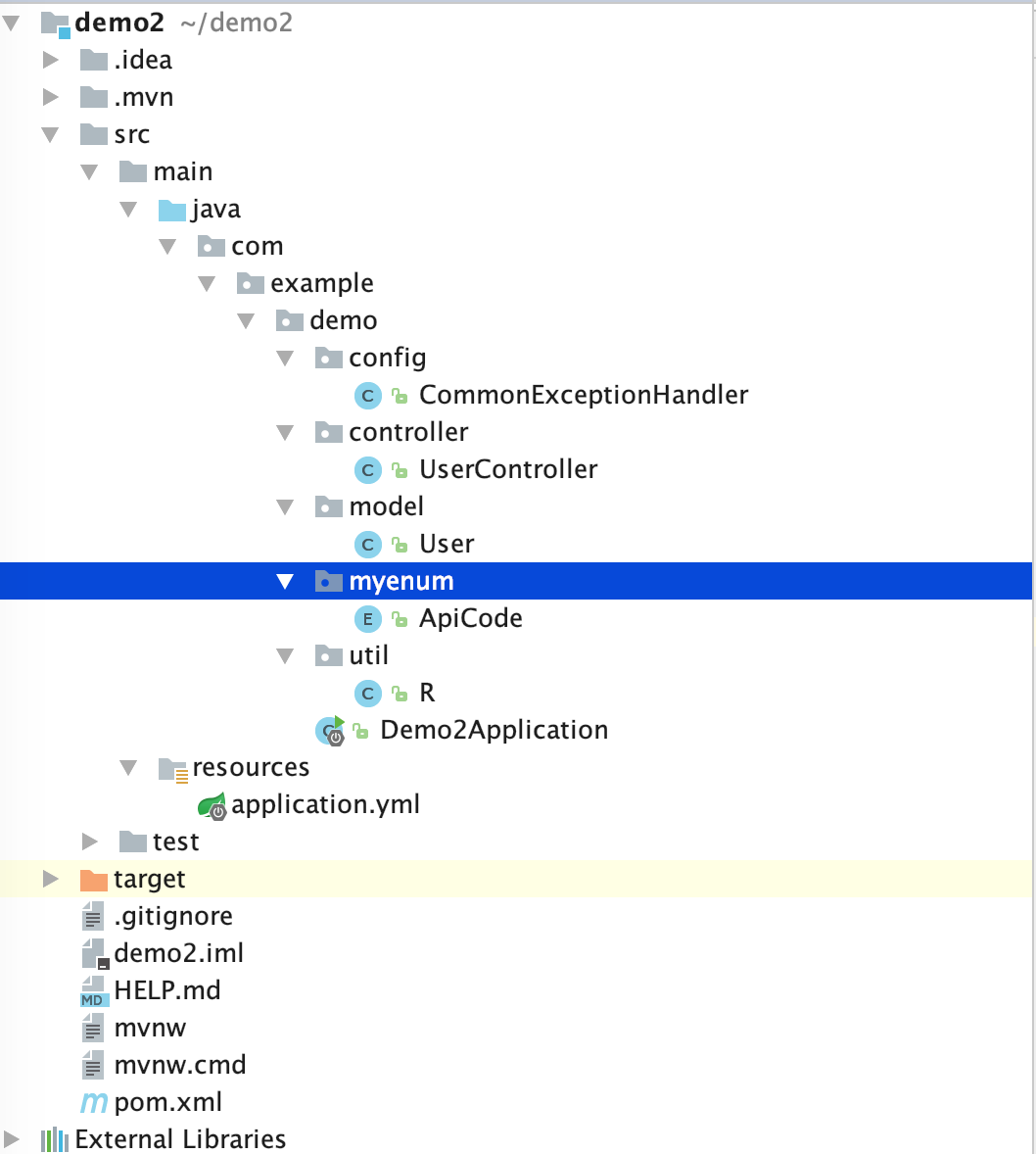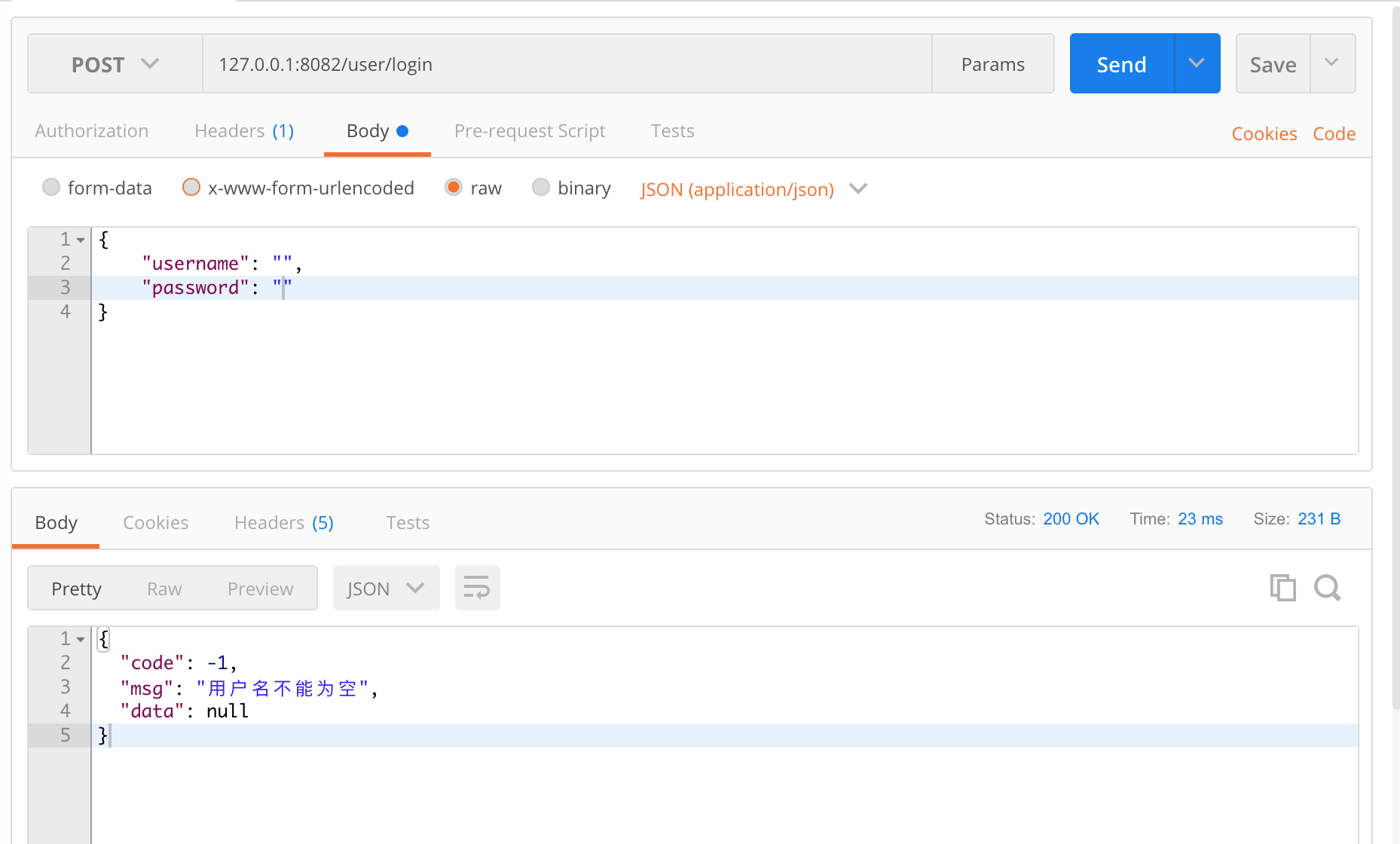@ControllerAdvice
This annotation is the core of unified exception handling
Is an Advice that acts on the control layer. This annotation can collect common @ ExceptionHandler, @ InitBinder and @ ModelAttributes methods into one type and apply to all controllers
Design ideas in this category:
-
Use the @ ExceptionHandler annotation to catch the specified or customized exception;
-
Use @ controlleradvise to integrate the method of @ ExceptionHandler into a class;
-
A general exception capture method must be defined to capture undefined exception information;
-
Define an exception class to catch exceptions for the project or business;
-
The abnormal object information is added to the unified result enumeration;
Custom global exception class
import com.example.demo.util.R; import org.springframework.web.bind.MethodArgumentNotValidException; import org.springframework.web.bind.annotation.ControllerAdvice; import org.springframework.web.bind.annotation.ExceptionHandler; import org.springframework.web.bind.annotation.ResponseBody; /** * Global exception handling class */ @ControllerAdvice public class CommonExceptionHandler { /** * General exception handling * @param ex * @return */ @ExceptionHandler(Exception.class) @ResponseBody public R exceptionHandler(Exception ex) { //Output exception information ex.printStackTrace(); //Handling exception information of verification annotation if (ex instanceof MethodArgumentNotValidException) { MethodArgumentNotValidException mex = (MethodArgumentNotValidException) ex; return R.failed(mex.getBindingResult().getFieldErrors().get(0).getDefaultMessage()); } else { return R.failed(ex.getMessage()); } } /** * Handle an exception separately * @param e * @return */ @ExceptionHandler(NullPointerException.class) @ResponseBody public R error(NullPointerException e) { //Output exception information e.printStackTrace(); return R.failed("Null pointer exception"); } }
This is the main core code.
Code example
1. Project directory:

2.Controller code:
import com.example.demo.model.User; import com.example.demo.util.R; import org.springframework.web.bind.annotation.PostMapping; import org.springframework.web.bind.annotation.RequestBody; import org.springframework.web.bind.annotation.RequestMapping; import org.springframework.web.bind.annotation.RestController; import javax.validation.Valid; /** * User login controller */ @RestController @RequestMapping(value = "/user") public class UserController { /** * User login * @param user * @return */ @PostMapping(value = "/login") public R login(@Valid @RequestBody User user){ System.out.println("Login succeeded!"); return R.ok(user); } }
3.User entity class
import lombok.Data; import javax.validation.constraints.NotBlank; import javax.validation.constraints.Size; /** * User login entity class */ @Data public class User { @NotBlank(message = "User name cannot be empty") private String username; @NotBlank(message = "Password cannot be empty") @Size(max = 20, min = 6, message = "Password length is 6-20 Between characters") private String password; }
The code of API code enumeration and R return object will not be shown. These two codes refer to the design of R object in mybatis plus. They are relatively simple and can be written at will.
PostMan request test

Seeing this result, our global unified handling of annotation verification exception is successful.